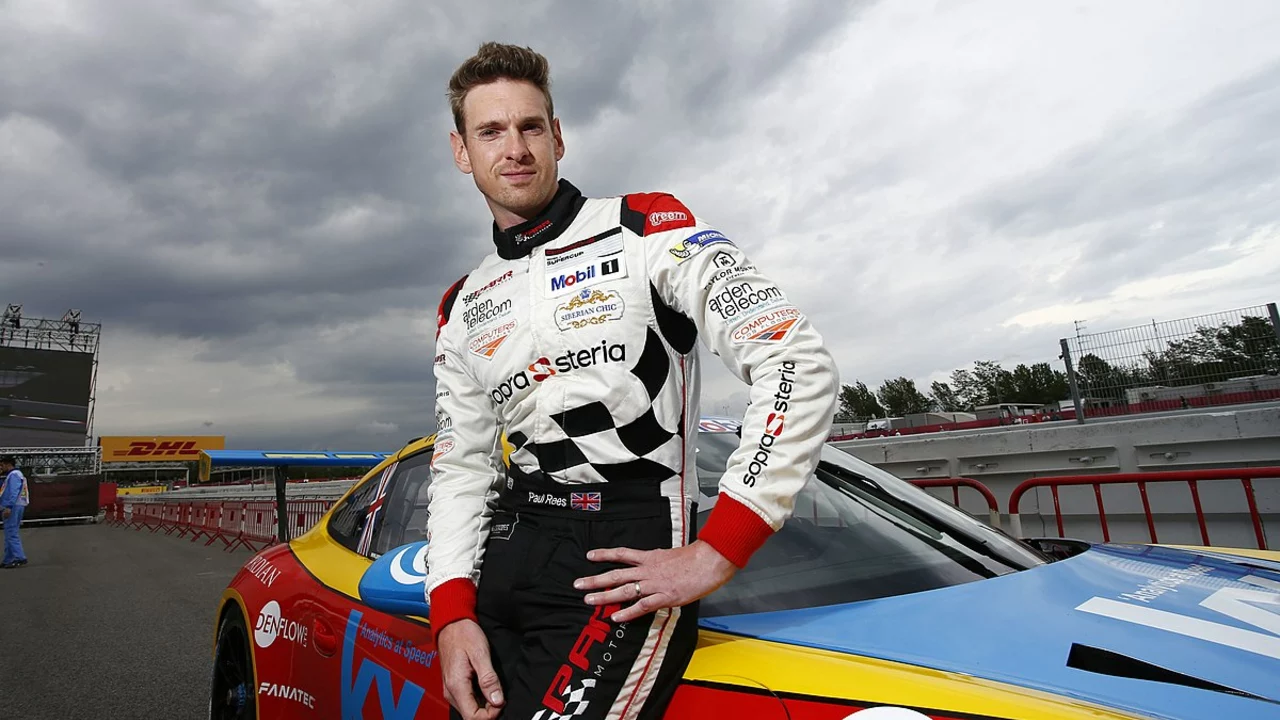Racing License Acquisition – Your Step‑by‑Step Guide
Want to hit the track but not sure where to start? A racing licence is the first real passport to any competitive event. Below you’ll find the exact things you need to do, the paperwork involved, and a few shortcuts that keep the process smooth.
Pick the Right Licence Level
Motorsport UK offers three main licences: Club, National and International. A Club licence lets you race in local club events – perfect for beginners. If you plan to enter regional championships, the National licence is the next step. The International licence opens doors to FIA‑sanctioned races abroad. Choose the level that matches the series you aim to join.
Meet the Basic Requirements
Age is the first hurdle. You must be at least 16 for a Club licence and 18 for National or International. A medical questionnaire is mandatory; it checks vision, heart health, and overall fitness. Most clubs require a simple fitness self‑declaration, but if you have any medical conditions, you’ll need a doctor’s sign‑off.
Next, you’ll need a recognised driver training course. The Motorsport UK‑approved “Basic Racing Skills” course covers car control, flag signals, and track etiquette. It usually runs over two days and ends with a practical test. Passing this test earns you the “Racing Licence Qualification Card”, which you’ll attach to your application.
After the course, gather the following documents:
- Completed licence application form (available on the Motorsport UK website)
- Proof of identity (passport or driving licence)
- Medical questionnaire or doctor’s certificate
- Racing licence qualification card
- Recent passport‑style photo
Upload everything through the online portal or hand it in at your local club office. The fee varies: roughly £120 for a Club licence, £200 for National, and £300 for International. Payments are accepted by card or direct debit.
Once submitted, Motorsport UK reviews your file within 10‑14 business days. If everything checks out, you’ll receive a PDF licence to print and attach to your helmet visor. Some clubs also issue a physical card that you keep in the car.
Pro tip: keep a digital copy of every document. If the system asks for a re‑upload, you’ll have it ready instantly. Also, double‑check the spelling of your name – a typo can delay the whole process.
After you get the licence, you’re free to book a slot at any eligible track. Remember to bring your licence, proof of insurance, and the car’s technical papers. Most events will ask you to sign a waiver confirming you understand the risks.
Finally, stay current. Licences expire after three years, and you’ll need to complete a refresher course to renew. Keeping a log of race miles helps you prove experience if you ever want to upgrade to a higher licence tier.
With these steps, getting a racing licence is straightforward. It’s mostly paperwork and one training day, but the payoff is huge – you get to race, meet fellow drivers, and feel the adrenaline of real competition. Ready to start? Grab the Motorsport UK application now and book your first course. The track is waiting.
